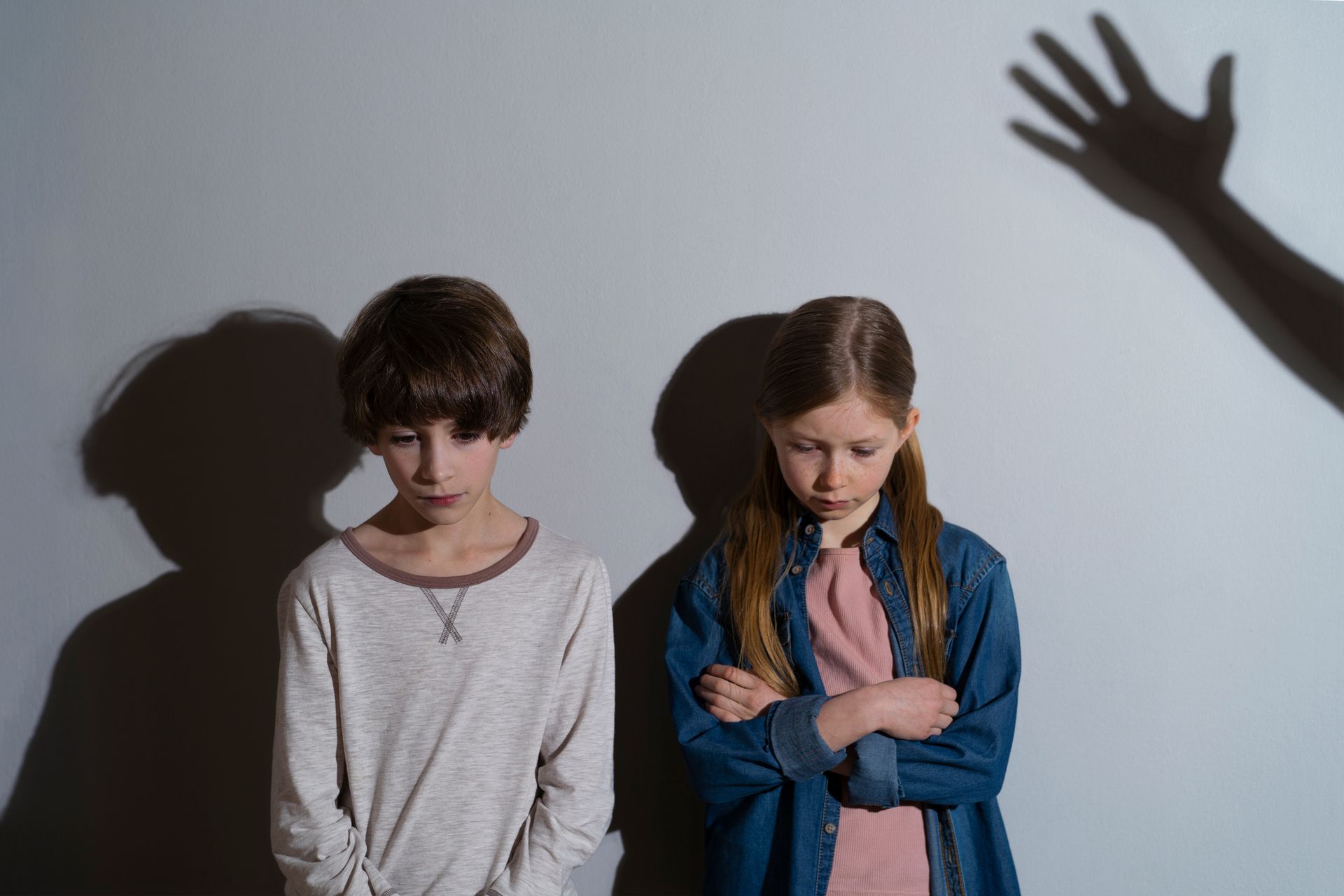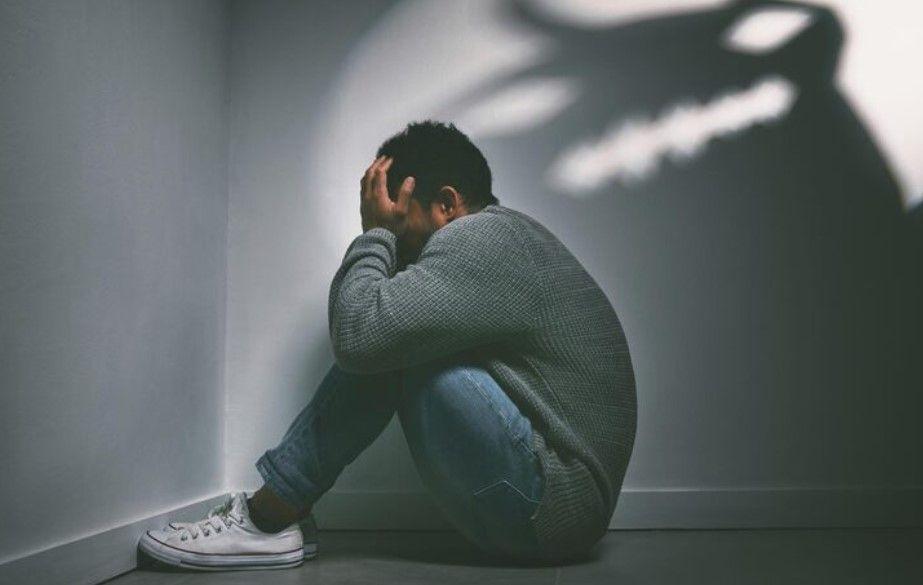The Long-Term Psychological Effects of Physical Abuse: Echoes That Shape a Lifetime
Physical abuse is not confined to bruises or broken bones—it leaves lasting imprints on the mind. Survivors often carry invisible wounds that persist long after the abuse ends, affecting how they see themselves, others, and the world. Understanding these long-term psychological effects is essential to fostering healing, compassion, and advocacy.

Defining Physical Abuse
Physical abuse involves the intentional infliction of bodily harm. It can occur within families, relationships, institutions, or societal contexts and often includes:
- Hitting, slapping, or punching
- Shaking, burning, or choking
- Using weapons or physical restraint
- Denying access to medical care or basic physical needs
When repeated or sustained, the impact transcends physical injury.
Abuse Across the Lifespan
The psychological impact of physical abuse can vary significantly depending on when it occurs in a person’s life. In childhood, it often disrupts emotional development, making it difficult for children to regulate their feelings or learn effectively. These early experiences may shape how they view themselves and the world, sometimes embedding fear and insecurity into their identity. During adolescence, abuse can manifest through risk-taking behavior, rebellion, depression, and even suicidal ideation. Teens may struggle with trust, authority, or self-worth, affecting their social and academic lives. When abuse continues into adulthood, it may lead to deep-rooted relationship dysfunction, career instability, and persistent mental health challenges. Survivors may find themselves wrestling with the lasting effects of trauma that echo throughout their personal and professional lives.
Psychological Scars That
May Remain
1. Chronic Anxiety and Hypervigilance Survivors often develop heightened sensitivity to threats, scanning environments for danger even in safe settings. This persistent state of alertness is linked to trauma-related changes in the brain.
2. Depression and Emotional Numbness Long-term abuse can erode emotional resilience, leading to sadness, hopelessness, or emotional detachment. Survivors may struggle to feel joy or connect deeply with others.
3. Post-Traumatic Stress Disorder (PTSD) Some experience flashbacks, nightmares, or dissociation triggered by reminders of past abuse. PTSD can interfere with work, relationships, and daily functioning.
4. Low Self-Esteem and Identity Confusion Physical abuse often shatters the sense of self. Victims may internalize blame or feel unworthy, affecting identity development, especially if the abuse occurred during childhood.
5. Difficulty Trusting Others Relationships may become fraught with fear or suspicion. Survivors might avoid intimacy or become overly dependent due to unresolved attachment trauma.
6. Substance Abuse and Risky Behaviors As a form of coping or escape, some turn to alcohol, drugs, or self-harm—seeking to numb emotional pain or regain control.
Pathways to Healing
1. Trauma-Informed Counseling Therapists trained in trauma can help survivors process memories, reframe beliefs, and build coping strategies in safe, gradual ways.
2. Support Networks Connection with empathetic communities—support groups, loved ones, advocates—can counter isolation and reinforce worth.
3. Mind-Body Practices Yoga, meditation, and expressive arts can help survivors reconnect with their bodies and emotions.
4. Empowerment Through Education Learning about the psychology of abuse and trauma provides tools to decode patterns and make sense of internal experiences.
Conclusion
The psychological consequences of physical abuse may last a lifetime, but so can the strength that grows in its aftermath. Survivors are not defined by what happened to them—but by the healing, clarity, and courage they cultivate afterward. A compassionate society must not only recognize the invisible wounds, but help rewrite the stories they leave behind.
CATEGORIES












